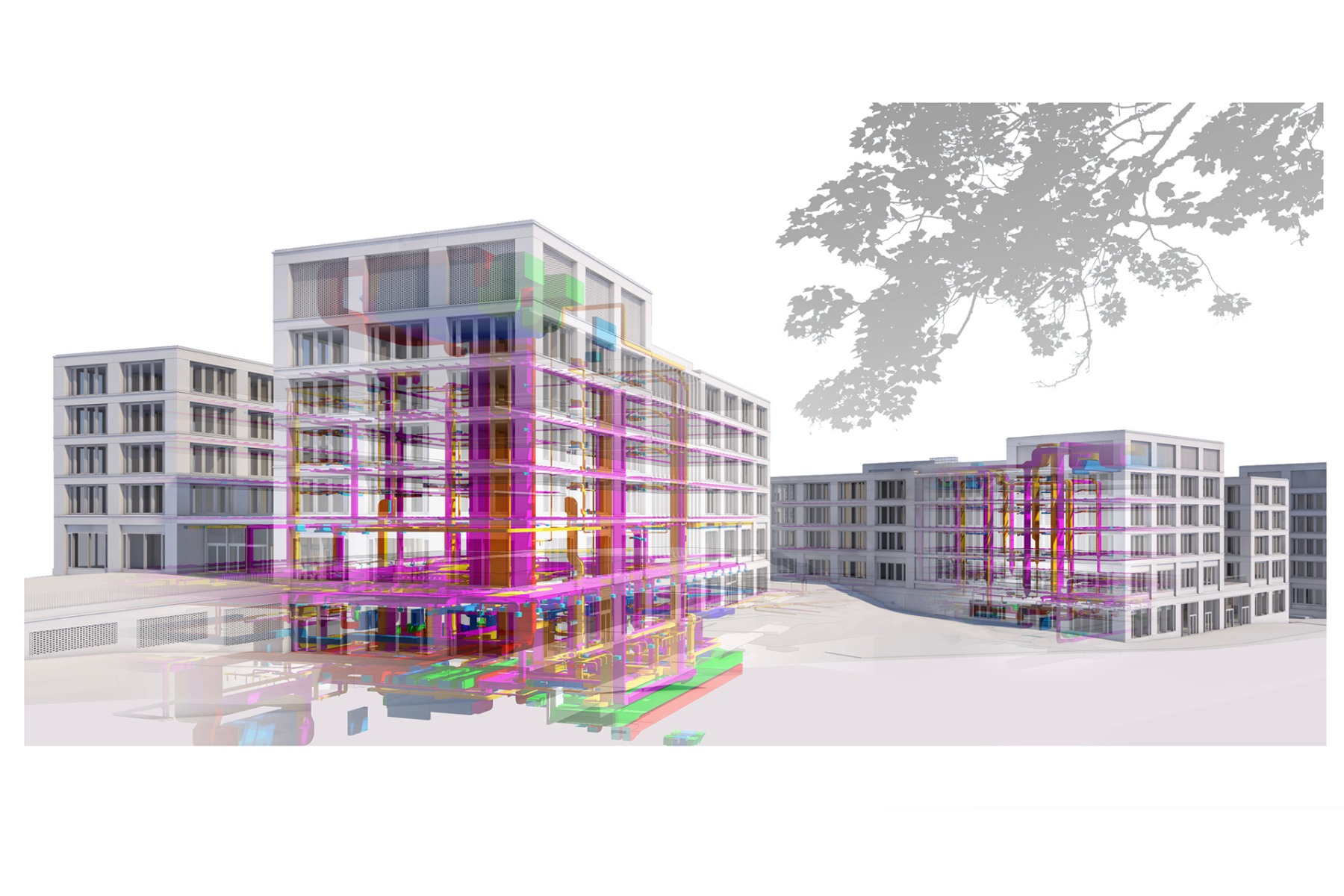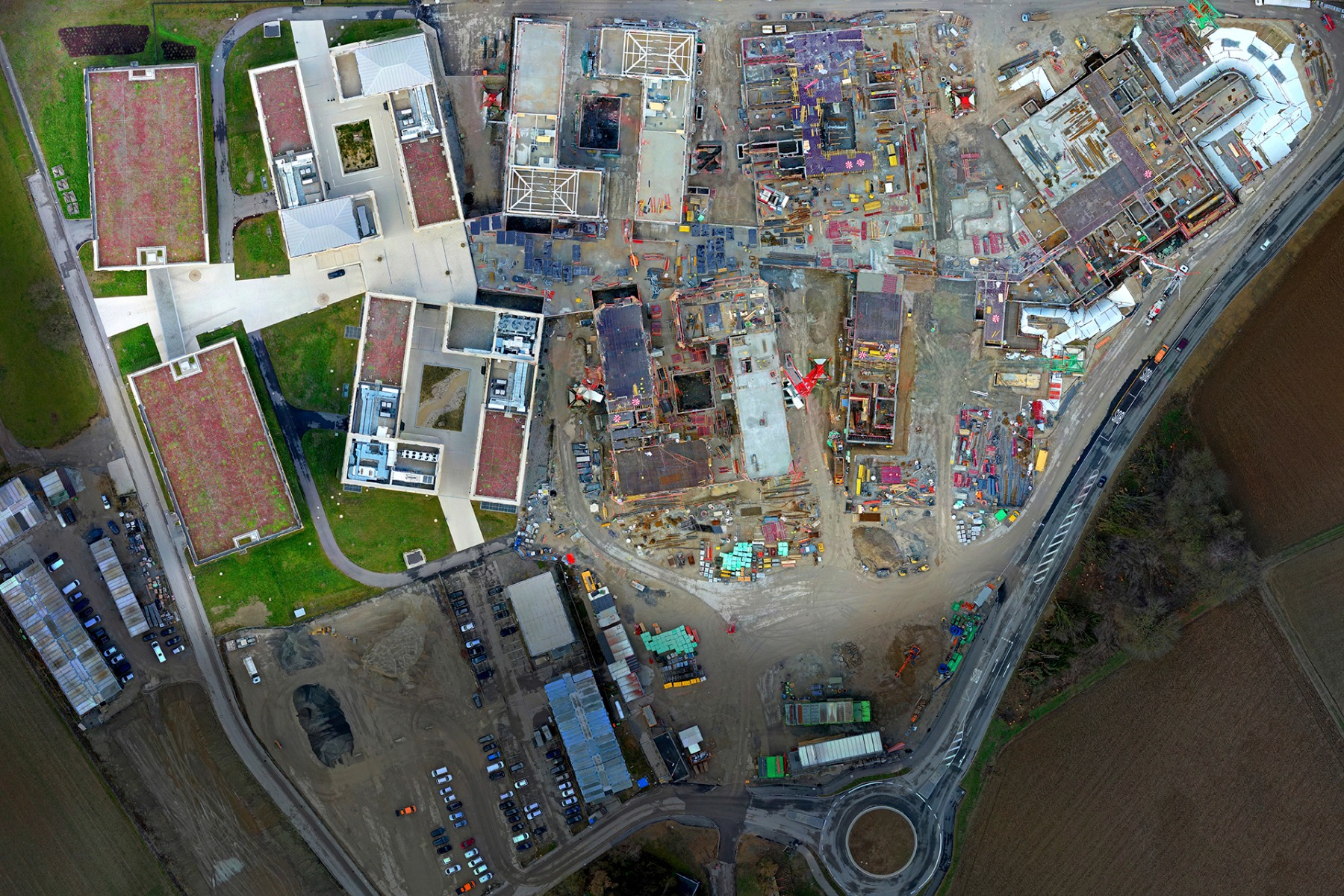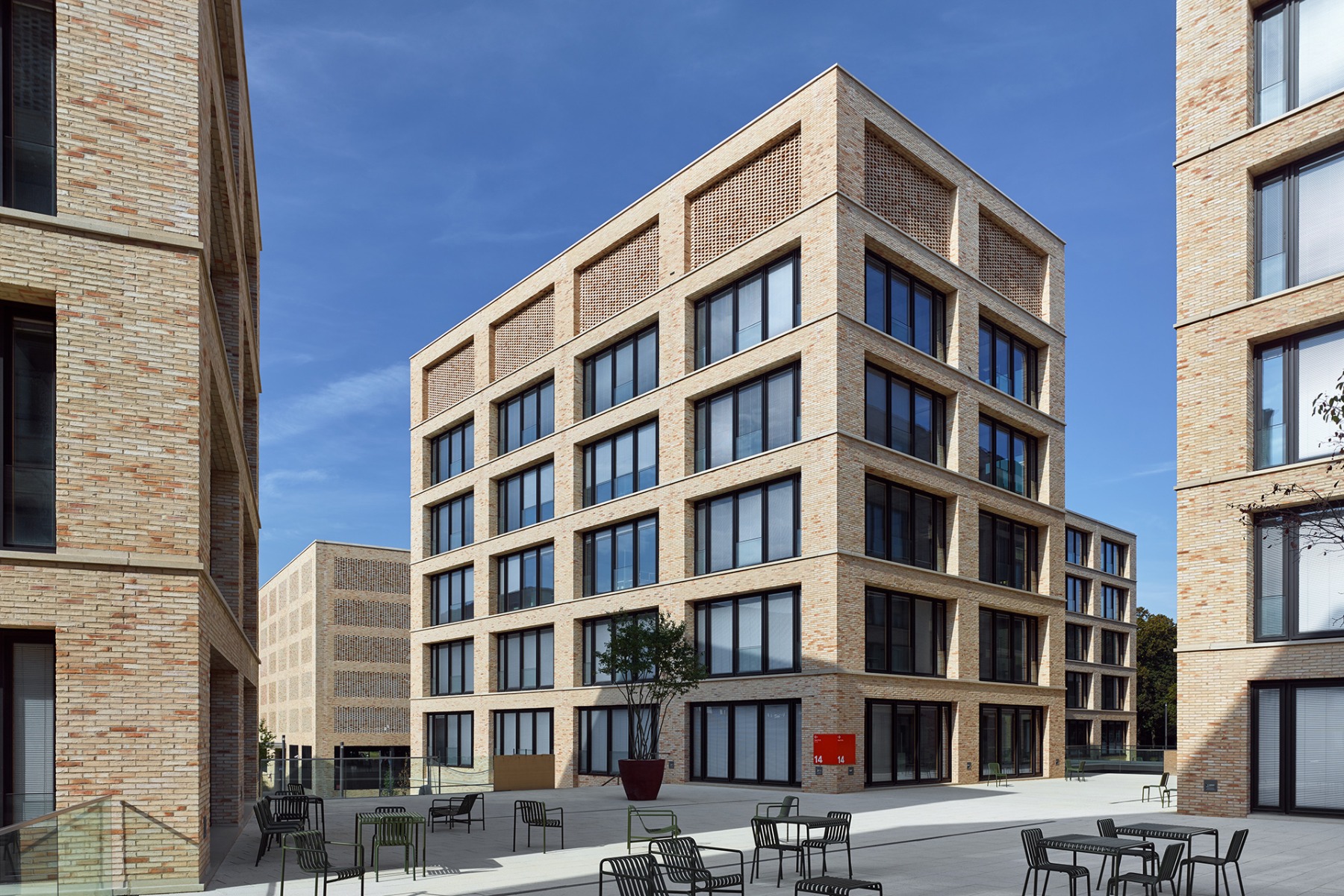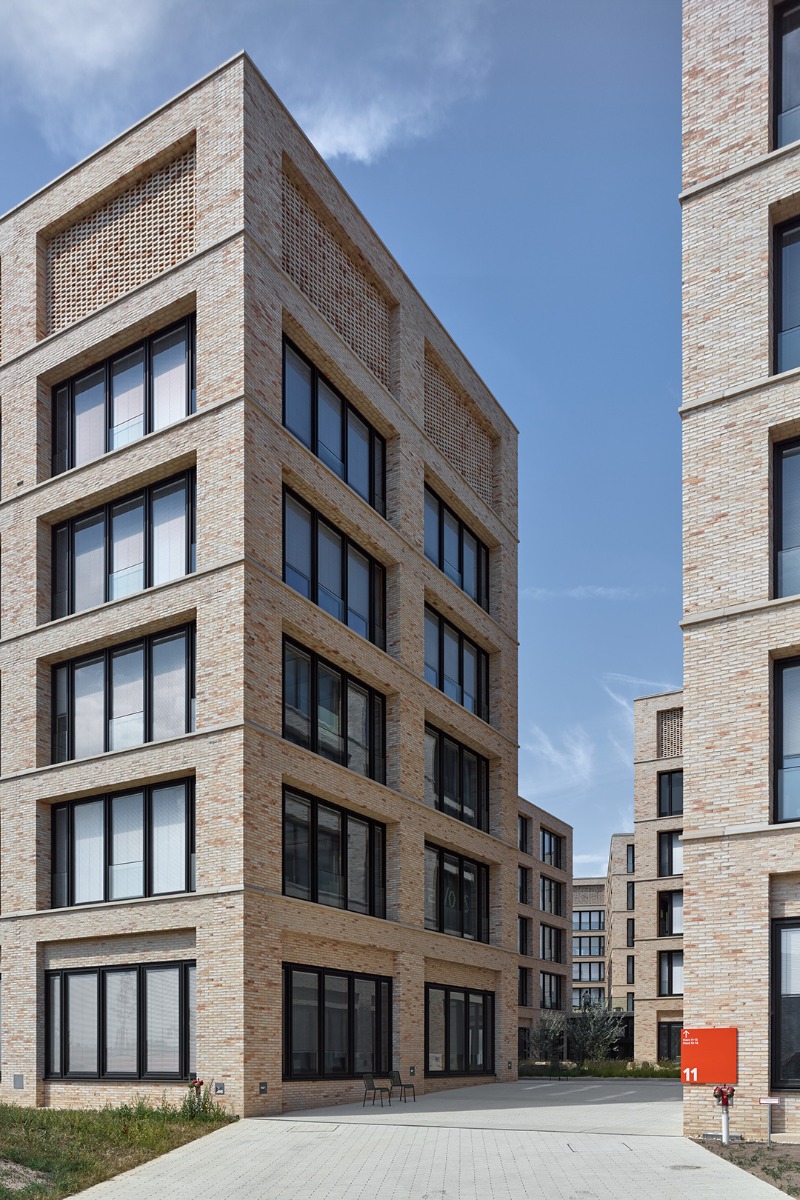BIM strategies in architectural offices
Good Communication and Unnecessary Sources of Error

© O&O Baukunst, Stefan Müller
BIM has made it much easier for planning teams to coordinate, says Alexander Dal of O&O Baukunst. So why in the world do general contractors still often build their own 3D models?


Alexander Dal © Marcus Schneider
Over the past few years, which areas of planning and building have undergone the greatest changes thanks to digitization?
Those areas would definitely be planning and coordinating with specialist planners, as well as the tendering process. Several tools have been created that have improved testing of specialist planning and made both communication and the consequences of any disagreements more transparent. Information from a model can be directly discerned and processed for the invitation to tender. Even communication with clients, among other things, has become easier due to the depiction of states of work using 3D models.
Where are things still not working as you would like them to?
In my view, there are two different areas. On the one hand there is the software, whose user-friendliness must be significantly simplified by means of further developments in the direction of automatization and AI so that architects can devote themselves more to architecture and less to the setting-up and application of the tool. On the other hand, there is the handover of models to the building companies although the handover may not work yet. Many models are currently reconstructed, for instance when a general contractor takes over planning. This is extremely inefficient and can lead to unnecessary errors in subsequent planning.


Visualisierung © O&O Baukunst
How has your collaborative work changed due to BIM?
As I have already mentioned, communication has seen a general improvement. We have also determined that the new challenge of BIM enables us to exchange ideas with other architecture studios. We used to be rivals; now we help each other. This paradigm shift led to the establishment of the BIM Allianz.


© Finest Images, O&O Baukunst


© O&O Baukunst
What mistakes must be avoided at any cost when working with BIM?
We must never forget our true responsibility: architecture.
What are the most important components of a successful BIM strategy?
Developing structures step by step, disseminating knowledge, introducing standardized procedures. These will make BIM more self-evident with every new project.


© O&O Baukunst
What are the most important components of a successful BIM strategy?
Developing structures step by step, disseminating knowledge, introducing standardized procedures. These will make BIM more self-evident with every new project.
Alexander Dal is an Associate at O&O Baukunst. Apart from his work as a project architect, he is responsible for digitization and the introduction of BIM. The O&O Baukunst office is a member of the BIM Allianz. .
XXX: X
YYY: Y
ZZZ: Z
AAA: A













